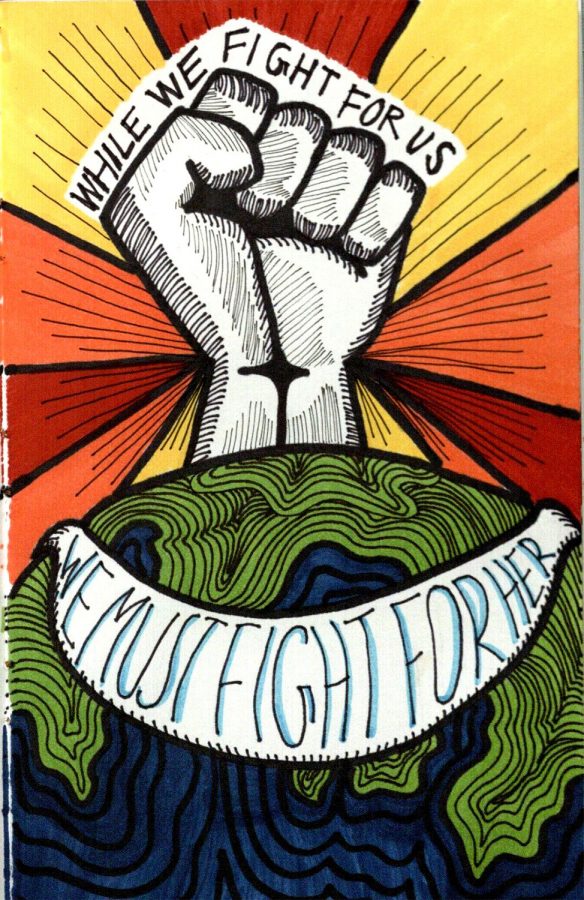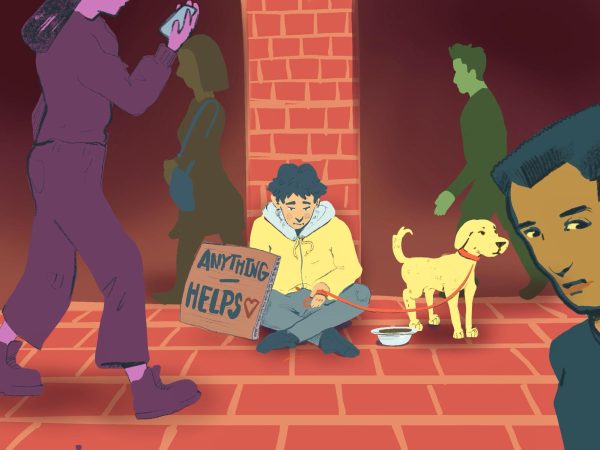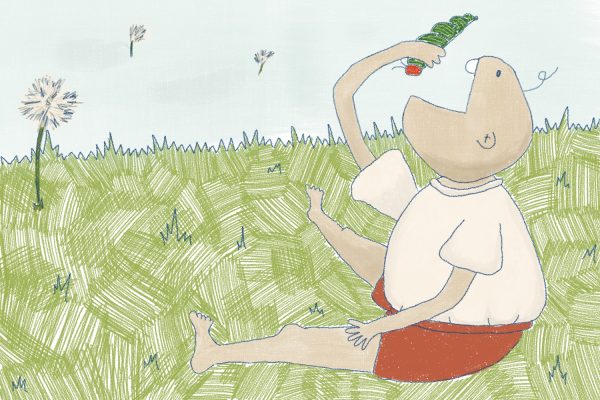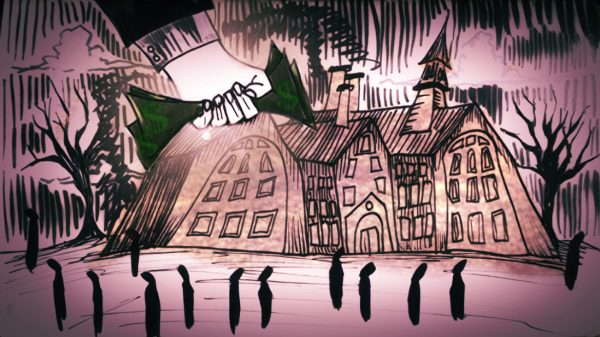Evironmental activism is a step toward social justice
December 1, 2018
Many people struggle to choose between social justice or environmental justice. They think of them as two separate entities: both righteous, but on two different wavelengths.
However, the environmental justice movement has a lot more in common with social justice than initially meets the eye.
Both fights are against the same oppressive force, racist systems, therefore making them more connected than the public realizes.
The problems that must be fixed come from the same cause — oppressive systems.
According to the Wisconsin Coalition Against Sexual Assault, a group of organizations and individuals who work to end sexual violence, systematic oppression is the mistreatment of a group of people within a social identity group that is enforced by society because they exist in that group.
In social justice, an example of systematic oppression is Jim Crow laws, laws that enforced segregation.
In environmental justice, it’s placing environmental hazards near black communities and other marginalized races and ethnicities.
According to Scientific American in 2012, reports found that, every day POC communities breathe in more toxins than wealthier communities due to environmental burdens like highways existing closer to their towns.
Flint, Michigan, whose population is largely comprised of POC, lost clean water in 2014 due to lead contamination.
With the push from activists to bring clean water back to Flint, one can see that environmental and social justice can work in tandem to correct wrongdoings.
Environmental justice can be seen as an extension of social justice, since both fight for the rights of oppressed people in America.
Once realizing that these movements are intertwined, the struggle to choose between the two paths disappears.
Someone can be an environmentalist and a social activist.
UVM successfully acknowledges this connection through the diversity courses offered in the Rubenstein School of Environment and Natural Resources.
Students take NR 006 their first year to become acquainted with the ideas of intersectional feminism, as well as NR 207 their senior year.
They are also required to take another diversity course to fulfill a second diversity requirement.
In these courses, students can use the skills provided to discuss how these movements combine ways to stop harmful practices that affect both.
The fight of both is the fight for people to live in a system where their rights and lives are taken into consideration.
This makes social justice and environmental justice two pieces in the movement for overall justice.

















![Can’t buy me [self] love](https://vtcynic.com/wp-content/uploads/2024/04/self-care-FINAL-600x398.jpg)
